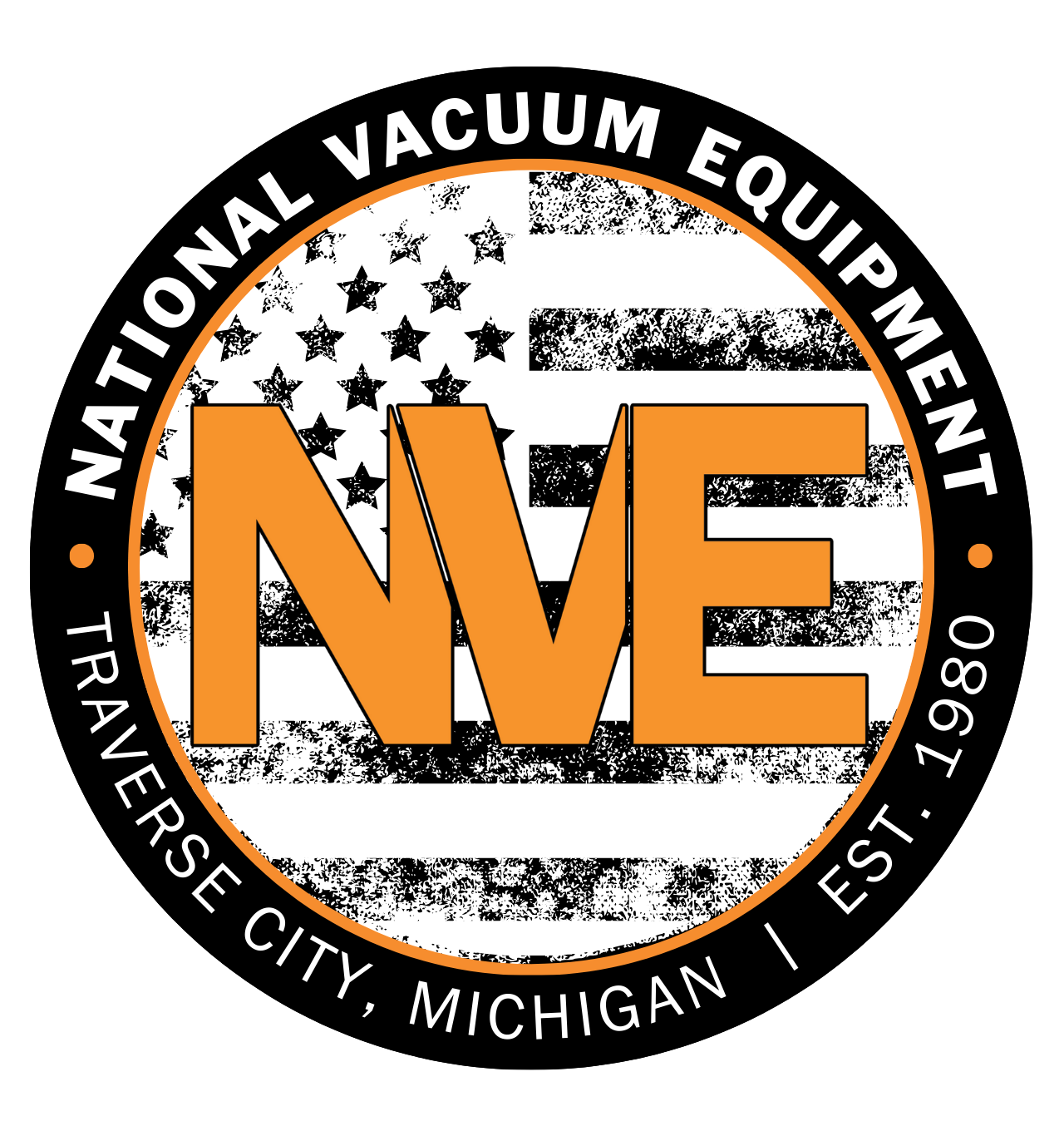
The Region's First Scorecard Grades Are In
By Craig Manning | Nov. 5, 2021
The grades are in. A year after the Grand Traverse Regional Community Foundation (GTRCF) unveiled a “scorecard” projectaimed at measuring the region’s progress across more than a dozen objectives, the organization has officially published the results of the first-ever Regional Scorecard. The findings? Northern Michigan showed impressive gains in environmental improvement and post-secondary education, lagged behind in community mobility and working families, and is still striving to move the needle on issues like housing and youth mental health.
For GTCRF President and CEO Dave Mengebier, the scorecard is just a start. Mengebier and GTCRF worked last year to launch the Community Development Coalition of Northwest Michigan, which in turn crafted the scorecard. The coalition brings together “over 30 cross-sector partners” from throughout the region, including private businesses (Hagerty, Rare Bird Brewpub), educational institutions (Northwestern Michigan College, Interlochen Center for the Arts), units of government (the City of Traverse City, Grand Traverse County), nonprofit organizations (The Watershed Center Grand Traverse Bay, Housing North), utilities (Traverse City Light and Power, Consumers Energy) and economic development players (Traverse Connect, 20Fathoms). The goal, Mengebier says, was to start dismantling the silos that were keeping these organizations and others isolated from one another.
“While there's lots of examples in our region of people working collaboratively, often, the three sectors – nonprofit, government, and business – are not communicating or coordinating,” he explains. “One of the main motivations for this coalition and the scorecard was to try to bring these three sectors together. We had these long-standing issues that our region has been facing – housing, access to quality childcare, school readiness, broader issues like infrastructure and transportation – and they just weren't being solved. We asked ourselves, ‘Why is that?’ And I think the reason for it is that decision-making authority is really decentralized here.”
The scorecard, then, was intended almost as a means to an end: a mechanism to bring together the community’s top public, private, and nonprofit players; to identify a shared a set of goals for those players; and to drive collaboration for “the overall betterment of our region.” In fact, Mengebier says the release of the first set of results isn’t even the biggest milestone of the coalition’s 365 days.
“Reflecting back on the first full year, the thing that really stands out to me is that the coalition is actually functioning as a coalition,” Mengebier tells The Ticker. “We have been weighing in on some important issues, issues like the Great Start Readiness Program; like the early childhood education millage in Leelanau County; like the housing and childcare legislation that's pending in the Michigan Legislature. There’s a major grant that one of the nonprofits here received, called the Sleeping Bear Gateways Council, where we raise money that they can then use as a match for a $90,000 USDA grant for seasonal workforce housing in the communities around Sleeping Bear National Lakeshore. So, these are not the kinds of sweeping changes that are envisioned in on the scorecard, but they are small wins that are starting to build some momentum.”
When the coalition put the scorecard together, it identified 13 key local objectives it wanted to pursue across three primary categories: Economic, Societal, and Environmental. The coalition then established baseline benchmarks and measurable goals that it could use to assess progress toward each of those objectives on an annual basis. The idea was to revisit the priorities each year and give each item a grade – “Better,” “No Change,” or “Worse” – based on comparisons to the baseline, and to the ultimate goal.
All told, three of the 13 objectives identified on the 2021 scorecard reflected positive progress, another three were trending worse compared to a year ago, and the remaining seven showed no appreciable change.
“We’ve seen some backsliding on some of our objectives,” Mengebier admits. “We're losing working families here. That’s a problem. Our wages in northwest Lower Michigan are lower than the Michigan average but our housing costs are higher, so that math just doesn't add up for a lot of working families. We also saw a decline in the use of public transit, but I would associate that primarily with the pandemic.”
Results were more positive elsewhere. In the Environmental section of the scorecard, for instance, there were two objectives – “Protect and preserve open space and farmland” and “Improve regional water quality resources” – where the region achieved positive progress toward its goals. On the former, the coalition is hoping to have 1,300 new acres of local land protected by 2023, which would require the protection of 433 new acres annually. This year, the region more than doubled that goal, with 1,048 acres of land protected.
As for water quality, the overall scorecard goal is for the local installation of 10 new “large-scale green infrastructure projects” by 2030. Such infrastructure helps to capture and filter surface water during major storms, preventing runoff that often contaminates the bay or other local water bodies. The scorecard calls for one new project to this effect each year; according to Watershed Center Executive Director Christine Crissman, the region is thus far outpacing that goal.
Since the start of 2020, Crissman says the region has seen the completion of two major green infrastructure projects: a multi-year effort to install a bioswale near 14th Street to slow down stormwater and keep sediment and runoff out of Kids Creek; and the installation of a series of rain gardens throughout the Village of Elk Rapids.
Crissman notes that there are several other similar projects in the works right now – including more work in Elk Rapids, culvert redesigns near Kids Creek, and a revamp of the parking lot drainage system at the Meijer on US-31 – that could put the region even further ahead of its scorecard goal pace.
While Mengebier sees the potential uncharitable interpretation of this year’s scorecard – that it’s showing strong progress in less than a quarter of priority areas – his hope is that the scores can be useful to the community even when they aren’t favorable.
“The economic and societal and environmental objectives that we're tracking on the scorecard, these are big issues that are going to fluctuate,” Mengebier says. “Sometimes we'll make progress; sometimes we won't. One of the things that we used to say, when I was at Consumers Energy and we'd have these scorecards, is that ‘We need to celebrate the red.’ We may not have a good score, but that tells us that we need to either do something differently, or we need to do more of what we're already doing, in order to move that score from red to yellow to green.”
An interactive version of the scorecard can be viewed here.
Comment






